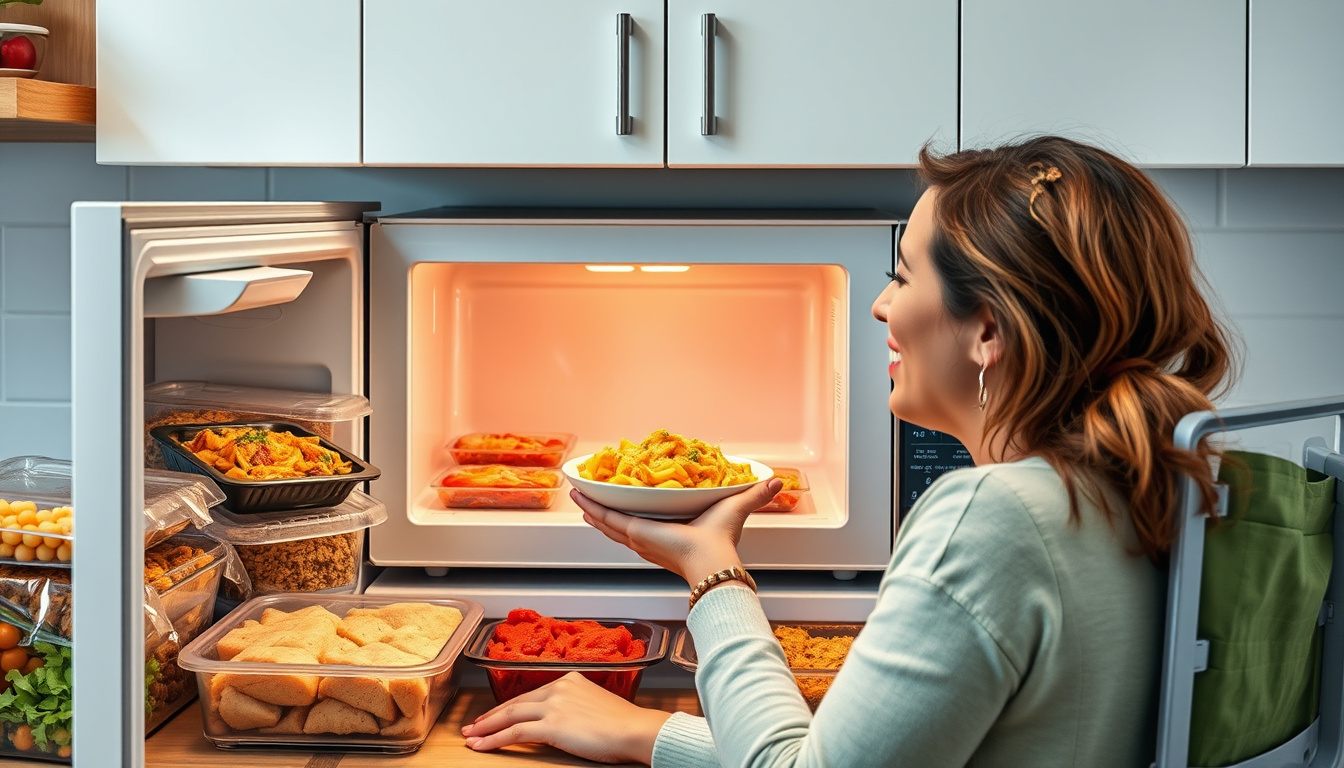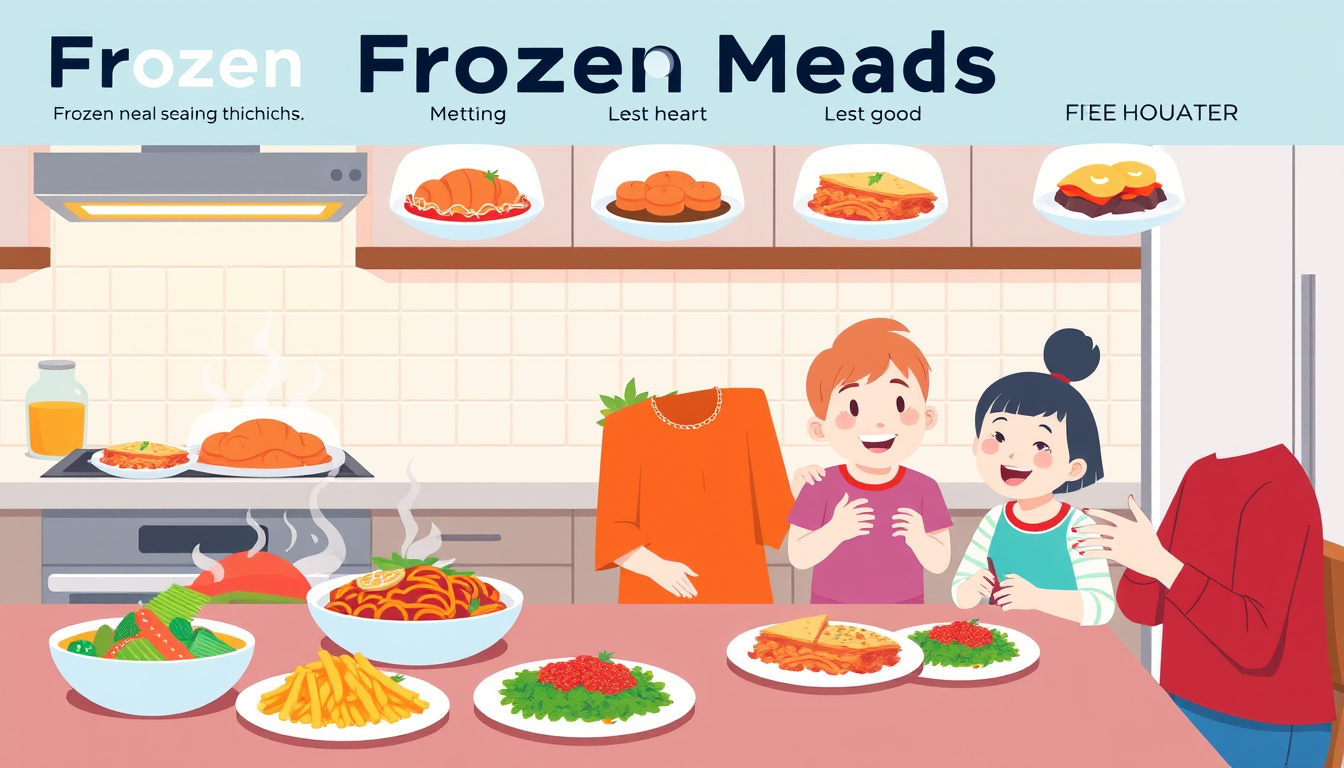Freezing meals is a fantastic way to save time and reduce food waste. However, safely reheating frozen meals is critical to maintain both flavor and food safety. This guide will walk you through the best methods to safely reheat your frozen meals, ensuring they taste as good as when they were first made.

Understanding the Thawing Process
Before you dive into reheating, it’s essential to know how to properly thaw your meals. Thawing is different from reheating; it gradually raises the temperature of your food without crossing the ‘danger zone’ (40°F to 145°F) where bacteria can thrive.
Recommended Thawing Methods
-
Refrigerator Thawing:
- Place the frozen meal in the refrigerator for 24 hours or longer, depending on the size and type of the food. This method ensures a controlled temperature throughout the thawing process, minimizing any risk of bacterial growth. Plan ahead by taking your meal out the day before.
-
Cold Water Thawing:
- If you’re short on time, submerge the frozen meal in a sealed, leak-proof bag within cold water. Change the water every 30 minutes. This method is faster than refrigerator thawing and is widely recommended for safety.
-
Microwave Thawing:
- For a quick option, use your microwave on the defrost setting. However, be cautious, as some areas of the food may start cooking. After microwave thawing, it’s crucial to cook the meal immediately.
-
Avoid Countertop Thawing:
- Never leave frozen meals out at room temperature, as this can lead to harmful bacteria growth.
Reheating Methods
Once your food is safely thawed, it’s time to reheat it. Different types of meals require different reheating methods:
1. Oven Reheating:
- Ideal for casseroles, lasagnas, and baked dishes. Preheat your oven to 375°F (190°C) and cover the dish with aluminum foil to prevent drying. Remove the foil in the last 10 minutes to let the top crisp up. A frozen casserole typically takes about 2 hours; a thawed casserole can be ready in about 30 minutes. Ensure the internal temperature reaches 165°F (74°C).
2. Stovetop:
- Reheating soups and stews is best done on the stovetop. Heat them gradually in a pot over medium heat, stirring occasionally. If you have thicker soups, add a bit of water or broth as needed.
3. Microwave:
- Perfect for individual portions. Place the meal in a microwave-safe container, cover it loosely, and heat on medium power. Stir and rotate halfway through for even heating. It typically takes 3 to 5 minutes for small portions, depending on the wattage of your microwave.
4. Slow Cooker:
- For soups or stews, the slow cooker can be a convenient option. Set it to high for about 2 hours or low for up to 4 hours. Make sure to stir occasionally, and use a food thermometer to ensure it heats evenly.
5. Instant Pot or Sous Vide:
- Both methods are fantastic for reheating without compromising taste. The Instant Pot can heat refrigerated meals in about 6 minutes at high pressure, while sous vide allows for gentle reheating, retaining moisture and texture.
Health Considerations
Food safety is paramount. Always:
- Heat meals to a minimum temperature of 165°F (74°C) to kill any harmful bacteria.
- Consume thawed meals within 2-3 days if kept in the refrigerator.
- Freeze meals promptly after cooking and cooling to maintain their quality.
Conclusion
Reheating frozen meals need not be daunting when done correctly. By understanding the proper thawing techniques and reheating methods, you can enjoy flavorful and safe meals without the stress. Preparing beforehand will ensure each dish retains its deliciousness, allowing you to take full advantage of your freezer meals. So next time you’re in a rush, remember these tips for a safe and tasty dinner from your freezer!
>> Chest Freezer Reviews <<
>> Upright Freezer Reviews <<

